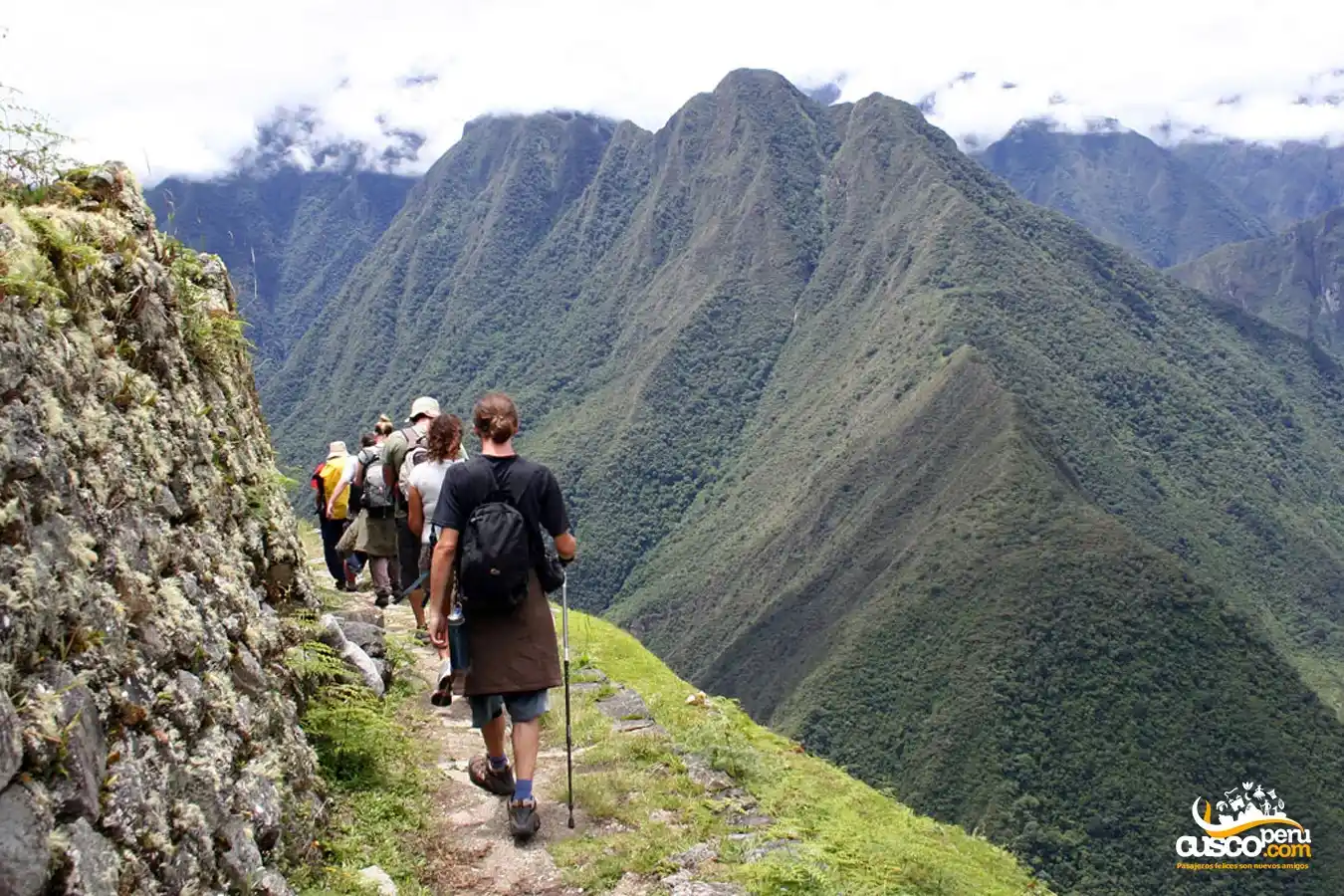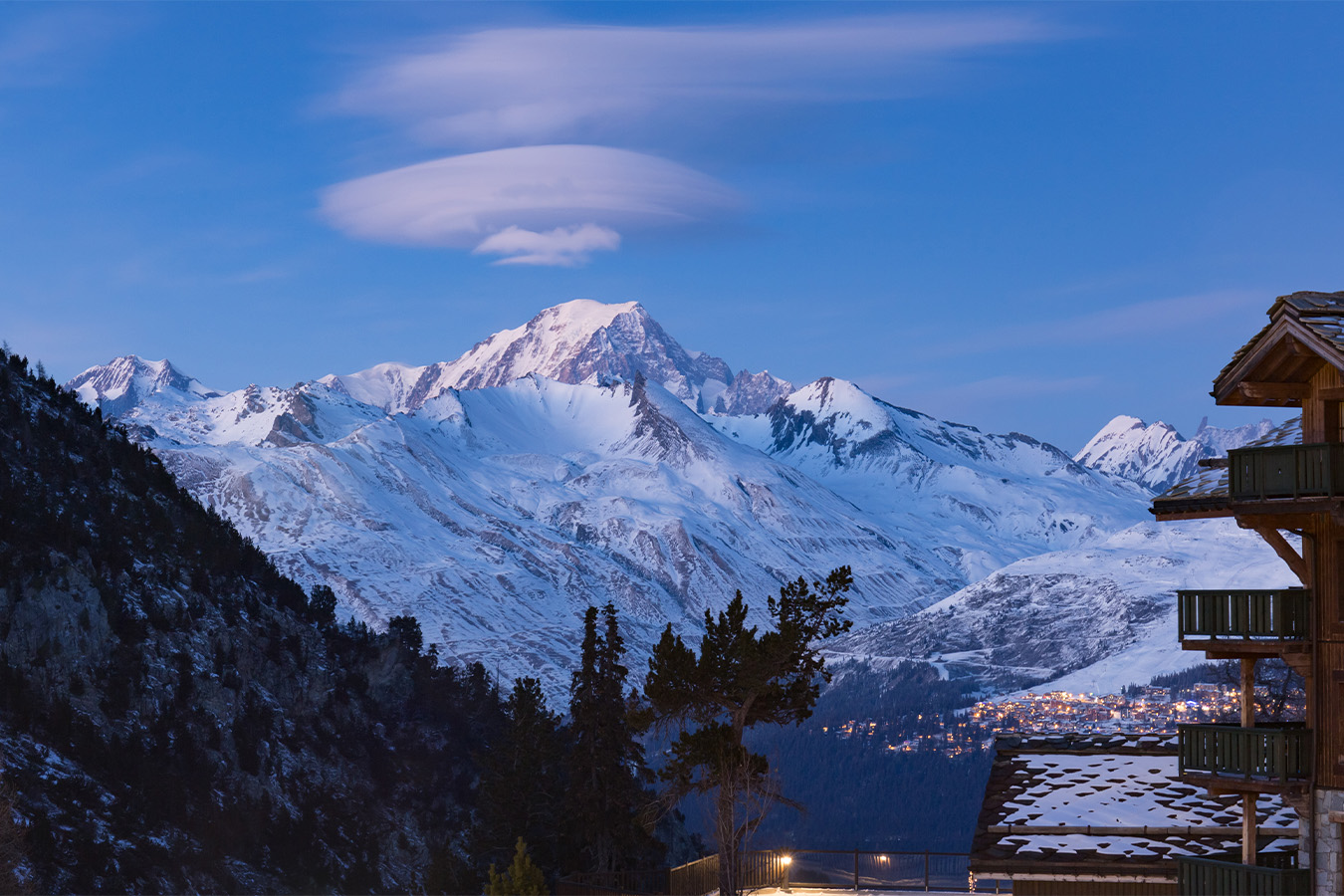
Throughout history, human curiosity has driven the exploration of the world, revealing its vastness and richness. Although many areas have been explored, travelers continue to seek new adventures. Here, we offer a comprehensive comparative guide to current trekking routes.
These routes offer a variety of landscapes, physical challenges, and opportunities to connect with nature and local culture. By exploring these routes, travelers have the chance to immerse themselves in stunning natural environments, discover ancient ruins, and share experiences with local communities.
We will examine in detail some of the world's most prominent trekking routes, providing information about their location, attractions, inca trail difficulty, and the climate for those who wish to embark on these exciting journeys.
Inca Trail location:
The Inca Trail is located in the Cusco region, southeast Peru, in South America. This route is part of an immense network of paths built over 500 years ago by the Inca civilization, which at its height stretched approximately 60,000 kilometers.
The hike begins at kilometer 82 on the railway that connects the towns of Ollantaytambo and Aguas Calientes, and ends at the Inca citadel of Machu Picchu after four days of trekking.
In February, the route is closed for preventive maintenance.
Attractions:
The Inca citadel of Machu Picchu is located in the middle of the Machu Picchu Historic Sanctuary, a natural park spanning over 35,000 hectares that contains up to thirteen different climatic zones, each with its own flora and fauna. This diversity allows for the observation of numerous species of orchids, birds, bears, foxes, and more. The route also features many Inca remains, such as observation towers, villages, agricultural terraces, walls, and pathways.
Difficulty Level:
It is considered intermediate in terms of difficulty, as the first days of the hike involve passing through high mountain passes, the highest being the 'Dead Woman's Pass' or Warmihuañusca in Quechua. This pass is located over 4,200 meters above sea level, making it the highest point on the Inca Trail; however, with proper acclimatization and preparation, any traveler can undertake this route.
Climate:
The Inca Trail has a temperate climate during the day, generally sunny. However, the rainy season spans from November to March, during which it is likely to rain one or two days of the hike, even at the campsite nights.
Don't forget to explore other walks in Cusco to complement your journey and make the most out of your trekking experience in Peru.

Location:
The GR-20 or Grande Randonnée 20 (Great Hike in English) is a tour of approximately 15 days duration on the island of Corsica, located off the French coast in the Mediterranean Sea. This tour crosses the island from north to south and consists of ten to fifteen stages or sections, where you walk for seven to eight hours each day.
Attractions:
The island has a very particular geography, with high mountains, rugged valleys, and deep lakes. It is considered one of the most beautiful hiking routes in Europe.
Difficulty Level:
Due to the ruggedness of its geography, this hike, the 'Grande Randonnée – 20,' is considered of high difficulty and suitable for expert hikers. However, with proper preparation and acclimatization, any traveler can undertake it.
Climate:
The island's climate is very hot and humid along the coastal area. However, it should be noted that in the center of the island there are mountains like Monte Cinto (2,706 meters above sea level) and other high mountains that can have rainy conditions or even snow during the peak summer season.

Location:
Mount Everest is located on the borders of China and Nepal, in the Himalayas. The world's highest mountain has two base camps from which you can start the ascent to the summit. This hike aims not to reach the summit but rather to reach the south base camp, located at an altitude of 5,364 meters above sea level. To reach the south base camp, one must travel to the Nepali city of Lukla and from there begin the hike.
Access to the north base camp is also possible, but one must first obtain a permit or visa from the authorities of the People's Republic of China, making this route the less traveled.
Attractions:
Sagarmatha National Park in Nepal spans 1,148 square kilometers and includes attractions such as four of the world's six highest mountains: Mount Everest at 8,848 meters, Mount Lhotse at 8,516 meters, Mount Makalu at 8,470 meters, and Mount Cho Oyu at 8,201 meters.
Difficulty Level:
This hike is considered of intermediate difficulty, typically involving four to eight hours of walking per day over 13 days, with one or two extra days taken for acclimatization to the altitude. The hike starts among valleys and gradually ascends higher and higher, with altitude sickness being one of the main obstacles to consider. Many travelers do not reach the south base camp due to problems with altitude sickness.
Climate:
The climate in this part of the world can change unpredictably, so a very valuable recommendation would be never to trust the weather conditions.
The best months of the year to undertake this hike are before the onset of the monsoon, i.e., during March, April, and May, or after it has passed, i.e., from September to November.

Location:
Torres del Paine National Park is located in the extreme south of Chile, in the Magallanes and Chilean Antarctica region, within Patagonia. It covers an area of 242,242 hectares.
Attractions:
The Patagonian region has a unique allure due to its peculiar geography and location at the southern tip of South America, considered by some travelers as 'the end of the world'. Here, one can find beautiful lakes like Grey Lake and the Grey Glacier, as well as colorful valleys and impressive viewpoints. One of the most iconic features of this National Park is the Paine Massif, a granite rock formation that is 12,000 years old.
Difficulty Level:
This hike is considered to be of medium-high difficulty. However, the area has advanced tourist infrastructure, which provides all the facilities needed for acclimatization and physical effort.
Climate:
The best months to visit Torres del Paine National Park are from December to March, which is the high season featuring sunny days and favorable weather. However, the hike can also be undertaken in the winter season, albeit with plenty of snow and very cold conditions, typical of this part of the planet.

Location:
Le Mont Blanc (in French) or Monte Bianco (in Italian) is a mountain situated on the border between France, Italy, and Switzerland. Its name in English means 'White Mountain'. Its official altitude is 4,810 meters above sea level, and there is a controversy regarding which country the summit belongs to, as French authorities consider the summit part of French territory, while the Italian government believes it to be part of Italy.
Attractions:
Traversing the European Alps is a unique and attractive experience in itself, passing through beautiful valleys and walking along high mountain peaks. During the route, travelers rest in picturesque and beautiful Alpine villages, enjoying the best of French, Italian, and Swiss cuisine. The tour is conducted around the lower lands of Mont Blanc in a counter-clockwise direction.
Difficulty Level:
It is considered of intermediate difficulty, but it should be noted that the tourist infrastructure in this part of Europe is highly developed, as each shelter or cabin along the way provides everything necessary for an overnight stay, making it unnecessary to carry everything in a backpack.
Climate:
The best months of the year to undertake this hike are from early July to late September, during the high season when there are days with plenty of sunshine and few clouds or snow. However, it is during this season that prices are higher and there are many visitors. During the rest of the year, the presence of snow, cold weather, and closed paths and businesses are common in this part of Europe.


Happy passengers